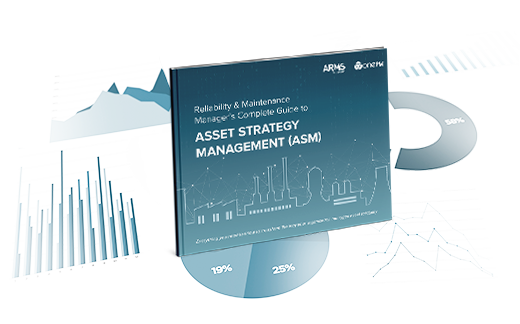Master Data underpins the effectiveness of the work execution management process. It is virtually impossible to effectively plan and schedule work when the Master Data is incomplete or inconsistent.
Unfortunately, while most organizations may have some guidelines or a framework for Master Data, they simply aren’t prescriptive enough. What’s more, the guidelines allow for personal preference to creep in. Yet Enterprise Asset Management (EAM) system experts can have differing opinions about the best way to structure the Master Data within any given system – it’s not uncommon for site and corporate EAM specialists to fundamentally disagree on how best to structure the Master Data for a given list of maintenance tasks.
It might not seem like much of a problem if, in each area, the Master Data is structured in a way that suits the individuals involved. In reality, though, it creates enormous inefficiencies in any process or attempt to keep data up-to-date and continually improve the completeness of the data.
Rein in the tendency to wander
When it is not locked down, the Master Data tends to wander because it can be changed by planners and schedulers who are attempting to improve the data or satisfy the requests of others. Once it wanders, it’s almost impossible to improve in alignment with all like data. The upshot? You resort to reviewing and updating each individual maintenance plan.
On the flip side, if you use rule-based Master Data generation, then the structure is not only consistent but if you update any item then the rules can regenerate the Master Data, identify any differences and make those updates in the EAM system.
The act of using rule-based generation of Master Data drives high quality, more complete Master Data because of the data required to drive the rules. Using the rules, data quality can be assessed for structure and format, perhaps requiring alignment to a pick list, meaning that any chance of human error is removed.
Quite simply, it should be possible to go from reliability study to Master Data required for upload to an EAM system without human input, simply by using the agreed business rules and logic to group, package, and structure the maintenance tasks.
Long-term results
Using rule-based generation of Master Data, data improvement is supported over time.
Here are common examples: a change to a material number or an adjustment to a shut-down schedule (assuming this is justified). In an Asset Strategy Management environment where common generic data is used, both of these changes are affected rapidly within the reliability strategy data. If rule-based generation of Master Data is used, then only a few button clicks will update the Master Data.
Because we know what has changed and we use rule-based Master Data, the new Master Data can be compared to the old Master Data quite simply to develop a change load sheet or determine the data that needs to change in the EAM system.
The productivity gains associated with Master Data generation and improvement are significant.
The other key benefit in using rule-based Master Data generation is simply in the consistency of structures and accuracy across the organization. Wherever there is common equipment or systems across sites and the whole organization, the Master Data is clean and structured the same way, no matter where it is. As people move around, they are immediately familiar and comfortable with the data structures – everything just works the same.
The consistent data structures provide a clear path from maintenance plans to reliability analysis; and they support benchmarking and comparison of reliability strategies and performance across different assets, systems and sites.


